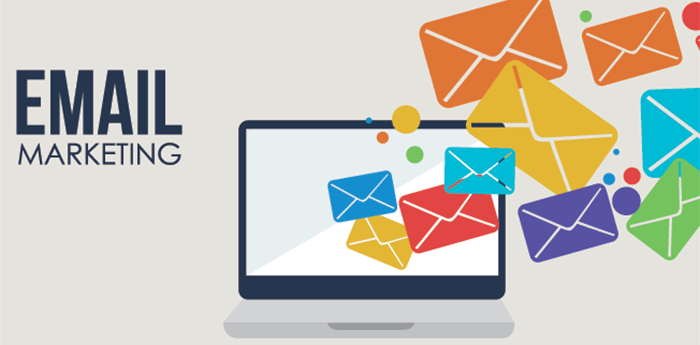Writing a good marketing e-mail may seem like a difficult task but it really doesn’t have to be! It’s just one element of a good strategy, but businesses that do not understand the key components to a quality e-mail correspondence are left in the dust. A great first step to take is using an email list validator, which will help you make sure that you’re actually sending the emails to correct addresses. Otherwise you might fail to reach the people you want from the very beginning, so make sure your list is always clean with correct.email or other such service. Afterwards, there comes the time to take care of the email itself, and there are a number of helpful tips and pointers when you want to write a good one. Let’s take a closer look!
1. Personalize As Much As Possible
No one wants to feel as if they are reading the same e-mail blast as everyone else. E-mail marketing is far more effective when the recipient is spoken to individually and studies show that segmented e-mails have a far greater rate of being opened and read. If you are writing e-mails that are not tailored to the specific wants and needs of your subject, you are missing out on the benefits that e-mail marketing can provide.
2. Remain Relevant
If the recipient has opened your e-mail, this is only half of the battle. From there, you’ll need to include information that makes the reader feel that the message is relevant to them. Let them know what is in it for them immediately, so that there is no confusion. When a reader does not know why they are being e-mailed, they are far less likely to maintain any level of interest in the correspondence. Put yourself in their shoes and provide them with a reason to care.
3. Use Second Person Prose
Writing a marketing e-mail in the first person makes you seem like someone is obsessed only with themselves and it can leave the reader feeling left out. By writing in the second person and using phrases like “you” and “yours”, this allows the reader to feel as if you are conversing with them directly. Second person language is far more inviting and lets the customer feel as if the focus is on them, instead of you.
4. Outline The Benefits
A customer needs to know how your goods and services are going to benefit them personally and e-mail marketers who do not make the advantages that the consumer will gain by using their products abundantly clear are always going to struggle when it comes to building a loyal client base. Don’t fall into the trap of only talking about features, when you should also be talking about benefits, as well.
5. Be Concise
You should be able to sum up the objective of your e-mail within one sentence or paragraph and if you find yourself rambling, this is a sure sign that you need to adjust your communication methods. In most instances, it is best to remain concise, so that you can avoid losing the interest of the reader. A marketing e-mail needs to be a quick sift and not a novel!
